Hokkien pop is a branch of Chinese-language popular music performed primarily in the Hokkien (Taiwanese Minnan) language. It blends melodic sensibilities inherited from early Japanese popular forms (via colonial-era Taiwan) and Southern Fujian folk balladry with modern pop songwriting and production.
Across its history, Hokkien pop has encompassed tear-jerking ballads, trot/enka-influenced torch songs, dance-pop singles, and rock-leaning anthems. In Taiwan it became a pillar of local identity, later spreading to Hokkien-speaking communities in Singapore and Malaysia while continually updating its sound with synth-pop, city-pop, and contemporary studio techniques.
During the Japanese colonial period in Taiwan, local songwriters adapted the melodic phrasing and sentimental performance style of early Japanese popular music (ryūkōka) and, later, enka into Hokkien-language songs. These early recordings also drew on Southern Fujian traditions such as nanguan, yielding melodious strophic ballads that favored expressive vibrato and lyrical nostalgia.
Hokkien pop enjoyed a postwar boom through radio, film, and records, with stars popular among working-class and rural audiences. However, language restrictions and shifting industry priorities in the 1970s curtailed Hokkien production in favor of Mandarin pop, pushing the genre to the margins even as it remained culturally significant among Taiwanese listeners.
From the late 1980s, political liberalization and a growing localist culture spurred a renaissance. Artists and bands embraced contemporary arrangements (synth-pop, city-pop gloss, rock rhythm sections) while keeping emotive Hokkien delivery. Seminal movements—such as the New Taiwanese Song wave and indie/alternative acts singing in Hokkien—repositioned the language at the center of a modern pop sound.
Hokkien pop diversified into glossy ballads, dance-pop, and crossovers with rock, hip hop, and EDM production. Major awards (e.g., Golden Melody categories for Hokkien) bolstered visibility, and younger singers introduced fresher themes and refined studio craft. The genre now spans mainstream idol ballads, televised performance circuits, and indie scenes in Taiwan, with parallel activity among Hokkien-speaking communities in Singapore and Malaysia.
Write lyrics in Hokkien (Taiwanese Minnan), embracing everyday idioms, affectionate address, and imagery of family, hometown, and working life. Nostalgia and bittersweet romance are common, but contemporary topics also work when expressed in conversational Hokkien.
Favor lyrical, singable melodies with room for vibrato and occasional portamento, reflecting enka- and ryūkōka-derived expressivity. Ballads often use diatonic progressions such as I–V–vi–IV or I–vi–IV–V; add secondary dominants for classic drama. Keep melodies mostly stepwise, peaking in the chorus.
Two poles define the feel: slow-to-mid tempo ballads in 4/4 (or gentle 6/8 for torch-song sway) and brighter mid-tempo pop with a steady backbeat suitable for TV and live circuits. Avoid overly busy syncopation in ballads; save denser grooves for crossover tracks.
Combine modern pop rhythm sections (drums, bass, electric/piano, pads) with strings (real or sampled) for lift in pre-chorus/chorus. Subtle use of traditional timbres (erhu, acoustic guitar, sheng-like pads) adds local color without overpowering the pop frame. Contemporary tracks may use synth-pop textures, light EDM risers, and layered backing vocals; lead vocals should be upfront, warm, and intimate.
Use concise verse–pre–chorus–chorus structures with a memorable title/lyric hook repeated in the chorus. A short bridge that modulates up a step (or introduces a fresh melodic turn) is a classic device in Hokkien ballads.
Deliver with clear Hokkien diction, expressive vibrato, and tasteful melisma at phrase endings. Duets and call-and-response ad libs work well in live contexts. Keep the emotional arc honest and direct—storytelling is central to the genre.

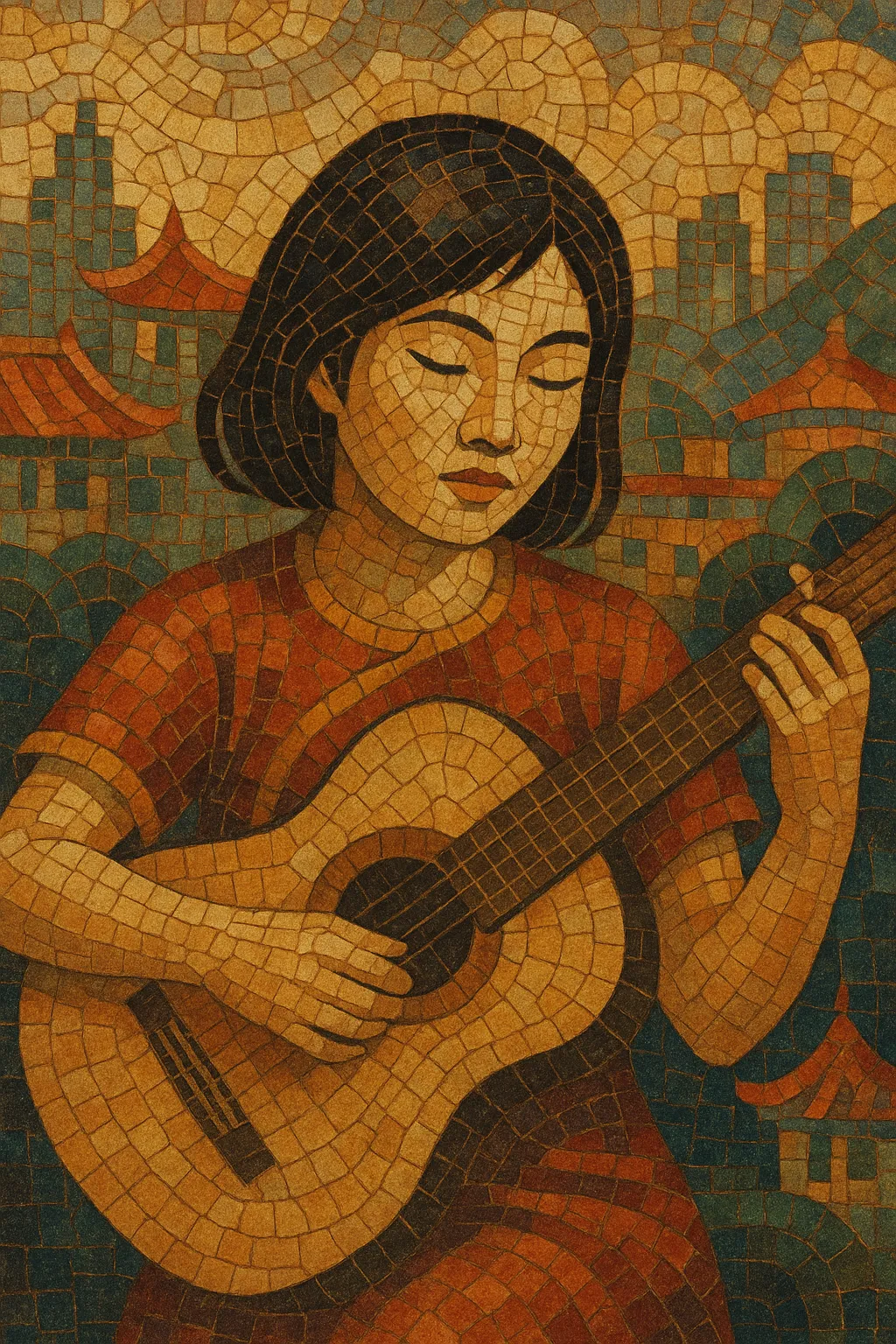
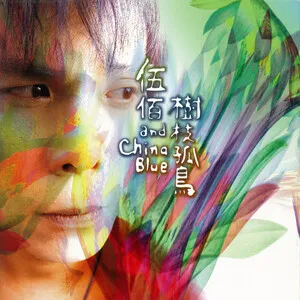
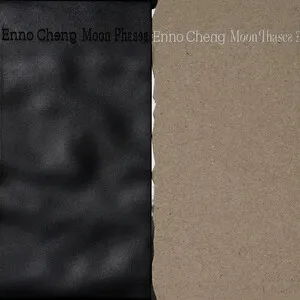
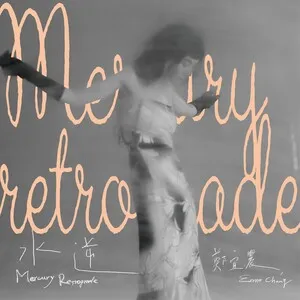
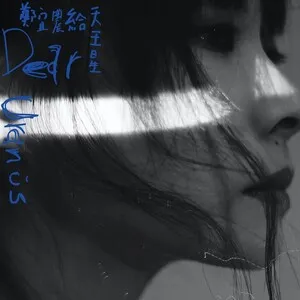
%2C%20Cover%20art.webp)

